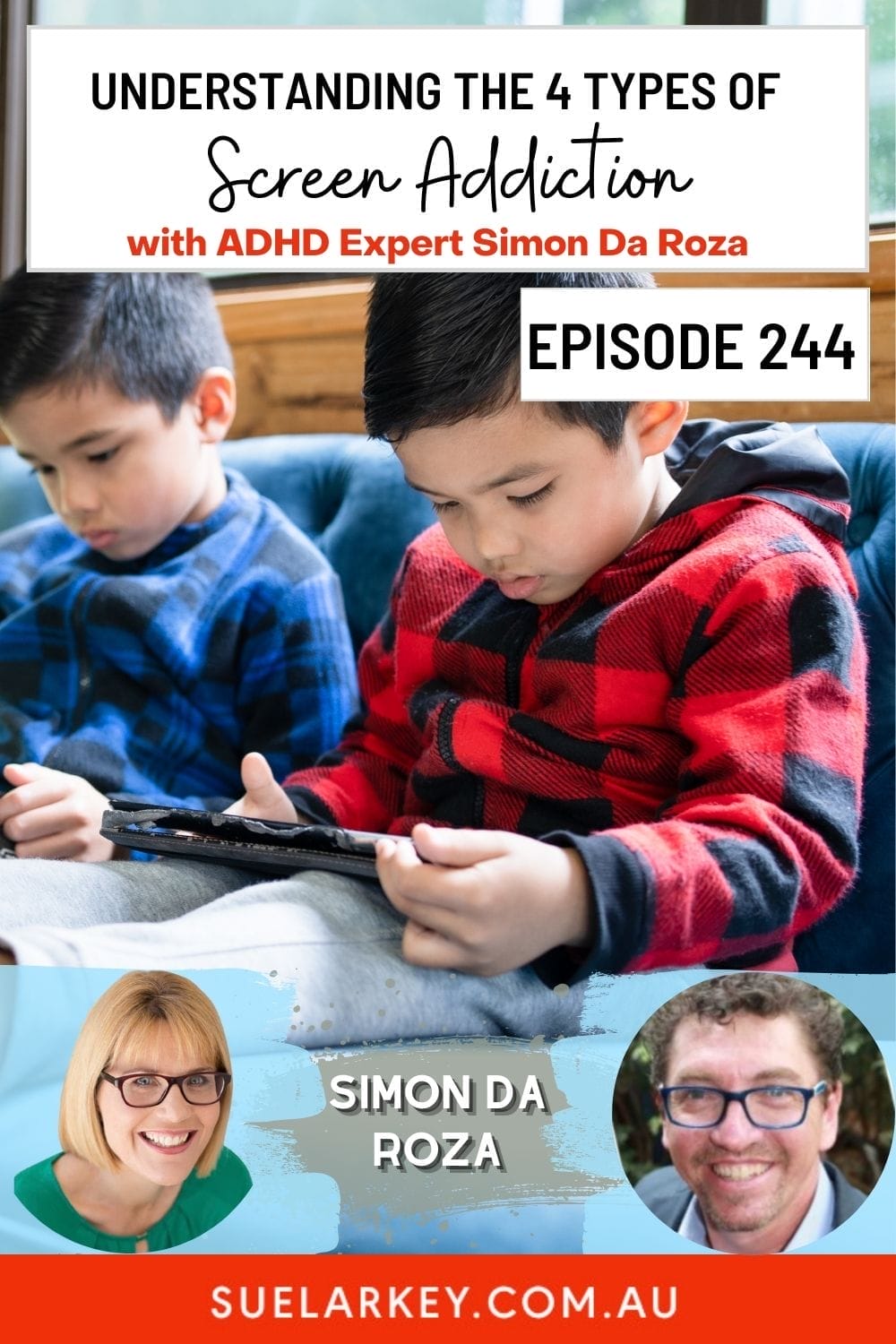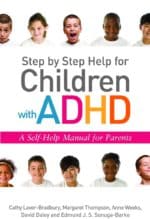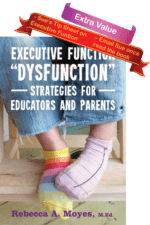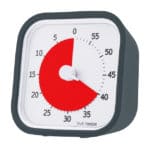What is AuDHD & RSD? With Expert Laura Kerbey
AuDHD Classroom Strategies Teachers
Discussed in this Podcast:
✅ Two-student demonstration technique: Have two children demonstrate tasks first (getting books, lining up) before asking the AuDHD student – provides visual guidance without direct demands.
✅ Flexible scheduling approach: Recognize AuDHD students need structure some days and spontaneity others – check in daily about their needs rather than rigid expectations.
✅ “Take the thought to court” strategy: When students experience RSD, ask “Where is the evidence?” to challenge negative assumptions about others’ thoughts.
✅ Alternative perspective questioning: Ask “What else could the teacher have been thinking?” or “Who else could they have been looking at?” to combat RSD interpretations.
✅ Parent collaboration on expectations: Meet with parents at year’s start to set realistic grade expectations (60% English, 80% History) to reduce perfectionism pressure.
✅ Sensory-first assessment: Before implementing behavior strategies, conduct sensory assessments.
✅ Visual supports for ADHD component: Use visual schedules and demonstrations specifically for the ADHD aspect, not just autism.
✅ Variety within routine: For math lessons, maintain the subject but vary activities within to satisfy both autism’s need for routine and ADHD’s need for novelty.
✅ Kinesthetic learning integration: Apply “involve me and I learn” principle – physical involvement addresses sensory pathways.
✅ “Class clown” pattern recognition: Understand that peer approval seeking (“class clown” behavior) often outweighs consequences due to RSD.
WHAT IS AuDHD & RSD?
FREE AuDHD Poster & RESOURCES
Ever wondered about the Autism-ADHD combined – AuDHD?
Have you heard of RSD?
This free pack includes handy visual posters that explain AuDHD & RSD
These easy-to-understand resources explain what AuDHD & RSD are. Great to printout and put up in your staffroom
Grab your free copy now!
5 Challenges and Solutions
Student contradictions confuse teachers
Understanding AuDHD means recognizing “different days when my brain needs different things” – flexibility is key
Traditional autism strategies aren’t working
Recognizing 50-70% have both conditions requires combining approaches – “variety within routine” for math lessons
Student assumes everyone hates them
“Take the thought to court” technique – asking “where is the evidence?” to challenge distorted thinking
Class clown behavior persists despite consequences
Recognizing RSD drives peer approval seeking – “their peers wanting them to do something is far bigger than the principal telling them off”
Student devastated by near-perfect grades
Understanding RSD perfectionism – collaborate with parents on realistic expectations to reduce pressure
recommended courses
RECOMMENDED PODCASTS
UNDERSTANDING AuDHD: Teaching & Supporting Students with Autism and ADHD Co-occurrence
✅ 2 Hours, 8 Lessons
✅ 6 Weeks to Complete 🎁 Bonus 6 Months Access (available until 28 Oct 25)
✅ Certificate of Completion
✅ Lesson Transcripts
 2 Hours
2 Hours

Start now for $149

RECOMMENDED PRODUCTS
-
Time Timer – 20cm Medium
$65.00 -
Time Timer – 7.6cm Small
$50.00 -
Portable Schedule with Digital Timer
$24.95 -
Time Timer PLUS
$80.00 -
The Ultimate Guide to School and Home
$44.95 -
Step by Step Help for Children with ADHD
$45.95 -
Organize Your ADD/ADHD Child
$42.95 -
Executive Function Dysfunction
$48.95 -
Autism and Everyday Executive Function
$65.95 -
Time Timer MOD – Charcoal Colour
$60.00 -
Sue Larkey’s MEGA BOOK of Timesavers, Tips & Strategies for Busy and Complex Classrooms
$49.95 -
Time Timer – 20cm (Medium) Classroom Set (Set of 3)
$245.00 -
The (Slightly Distracted) Woman’s Guide to Living with an Adult ADHD Diagnosis
$39.82







 2 Hours
2 Hours















 Sorry we no longer ship items outside Australia. Please consider the digital versions of Sue’s Books –
Sorry we no longer ship items outside Australia. Please consider the digital versions of Sue’s Books – 